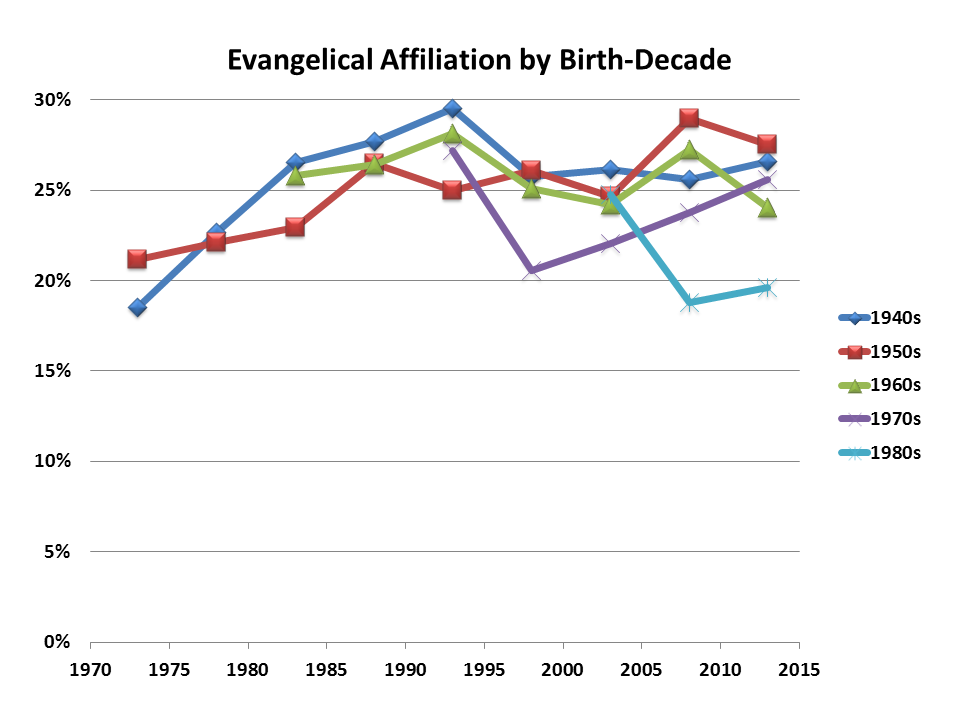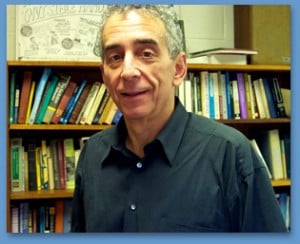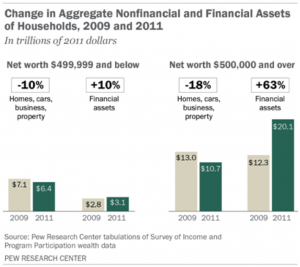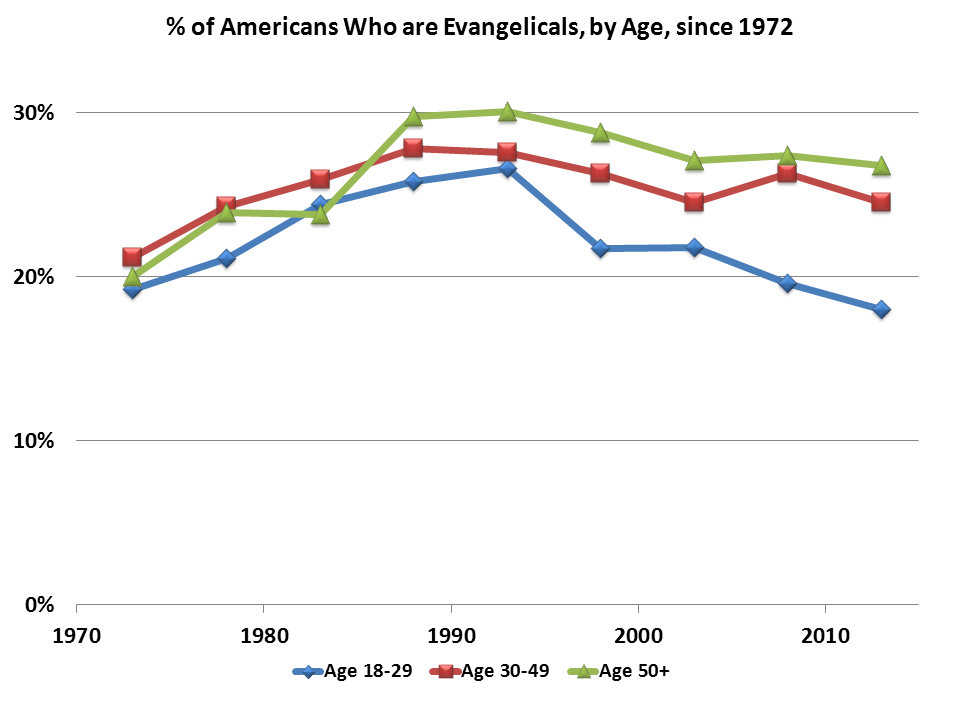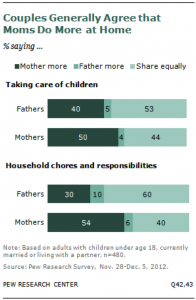This is a continuation of my series on atheists which is based on a book I have coming out, co-written with David Williamson, titled There is no God: Atheists in America (Rowman and Littlefield). You can see the first two entries of this series here and here. The comments after those entries are of interest. It seems that some who have read the blog take offense at my use of the word “belief” to characterize atheism. Given some of... Read more


